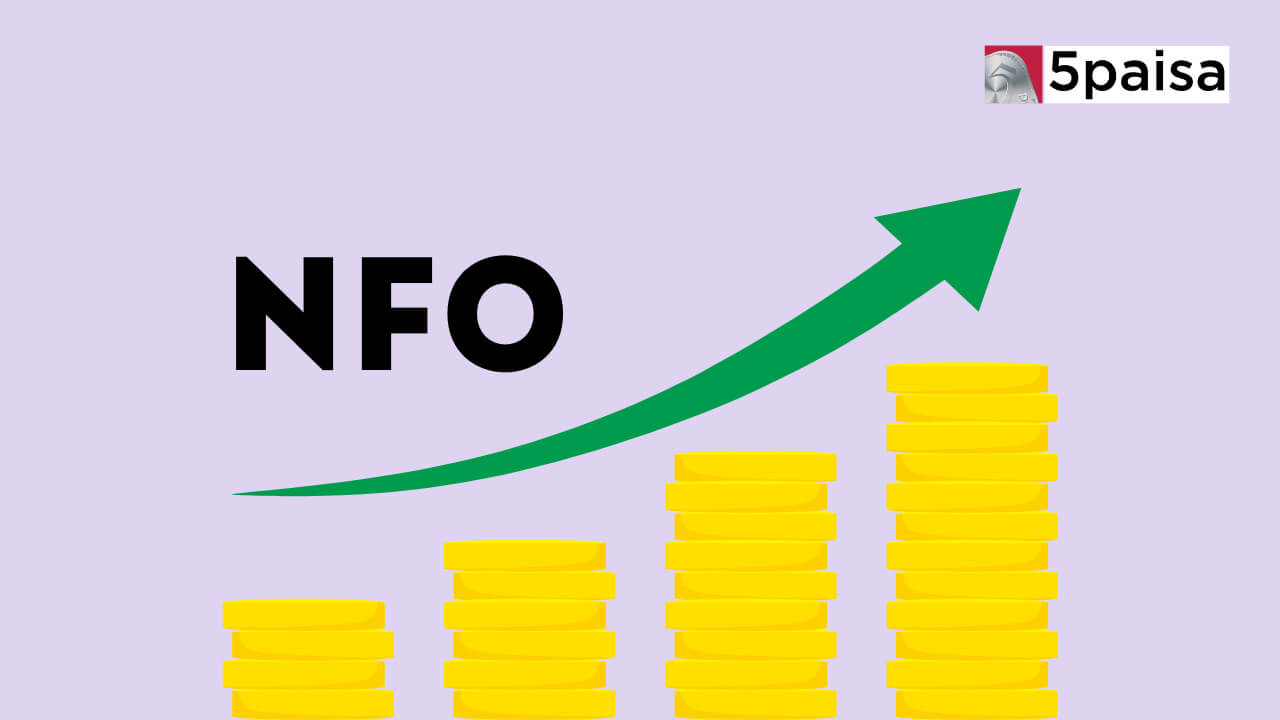Everything You Must Know About Taxation on Mutual Funds in 2021

Last Updated: 30th September 2021 - 12:50 pm
The COVID-19 pandemic was a spirit dampener across the globe, but the timely actions and policies of the government have brought India's development trajectory back on track. And since the capital markets react to positive news faster than anything else, the stock market's meteoric rise is a testament to India's fascinating story.
AMFI's data shows that the Indian mutual fund industry's Assets Under Management (AUM) soared to a record INR 36.59 trillion in August 2021 compared to a measly INR 6.97 trillion a decade ago.
Since mutual funds are typically more tax efficient than fixed deposits and safer than stocks, it's no surprise that Indian investors are making a beeline for these high-return investment instruments.
If you plan to invest in mutual funds or already hold units, you need to know the tax implications. Scroll down to learn about the tax on mutual funds an investor might have to pay on their investments.
How Do You Earn from a Mutual Fund?
Before understanding the tax implications, you should know how investors earn money from mutual funds.
Generally, you can earn from a mutual fund in two ways:
i) Capital Gains (or loss)
ii) Dividends
1. Capital Gains (or Loss)
Capital gain or loss refers to your investment's profit or loss should you sell your mutual fund units. Let's understand this with an example.
Suppose you invest INR 10,000 in the XYZ fund and receive 100 units in your account. After one year from the investment date, you find that your account value has grown to INR 15,000. If you want to sell your 100 units then, it will be termed as Capital Gains. Conversely, if the fund value reduces to INR 9,000, it will be called Capital Loss.
The Short-Term Capital Gains Tax (STCG) applies on withdrawals before twelve (12) months from the investment date for equity and balanced schemes and thirty-six (36) months for debt schemes. For withdrawals made after 12 or 36 months from the investment date, the Long-Term Capital Gains Tax (LTCG) applies. The STCG is usually 5% higher than the LTCG.
This table will tell you all about long-term and short-term capital gains:
|
Fund Type |
Short-Term |
Long-Term |
|
Equity (where the exposure to equity is more than 65%) |
Less than 12 months |
More than 12 months |
|
Balanced Funds (where the exposure to equity is more than debt) |
Less than 12 months |
More than 12 months |
|
Debt Funds (where the exposure to debt is more than 65%) |
Less than 36 months |
More than 36 months |
2. Dividend
Companies often issue interim and final dividends when their profit margin increases. Some companies even distribute dividends when their profit hasn't beat the company estimates. They do so to retain loyal investors. Dividend-focused investors invest in such companies to get handsome dividends periodically.
Until March 2020, the dividend issuer had to pay taxes, known as the DDT or Dividend Distribution Tax, every time they released dividends. However, in Budget 2020, the central government declared that the dividend issuer would not have to pay taxes on the dividend. Instead, the dividend income will be added to the investor or unit holder's taxable income and taxed accordingly.
So, as an investor in the financial year 2021-22, you have to include the dividend income in your net income and calculate the taxes correctly. So, if you fall in the highest income bracket, your tax liabilities will increase further. The possibility of a higher tax has also prompted many investors to switch to 'Growth' schemes offered by mutual funds.
Now that you know how mutual funds generate income and how the dividend is taxed let's shift our focus to understanding the tax implications on Capital Gains.
Taxation on Mutual Fund Capital Gains
As already discussed, mutual fund capital gains are taxed in two ways:
i) LTCG
ii) STCG
The following sections describe each of these taxes in detail.
1. Long-Term Capital Gains Tax (LTCG)
For standard equity mutual funds, the LTCG is exempt on an income of up to INR 1 lakh every financial year. But, if the LTCG exceeds INR 1 lakh in a financial year, you will have to pay a tax of 10% without indexation.
In contrast, if you invest in a debt scheme, the LTCG applies on withdrawals after 36 months. The rate will be 20% after indexation. You might also have to pay the cess and surcharge.
Now, you can invest in a special type of mutual fund to save taxes - The Equity-Linked Savings Scheme or ELSS. By investing in ELSS, you become eligible to claim tax deductions of up to INR 1.5 lakhs under Section 80C. But, ELSS schemes come with a lock-in of three years. If you withdraw before three years, the tax benefits might be reversed. The tax rate is 10% for any income above INR 1 lakh a financial year.
What is Indexation?
Indexation refers to the process of recomputing the purchase price of a mutual fund after factoring in the inflation index and making adjustments. Generally, the Income Tax Department publishes the inflation index after evaluating various macroeconomic parameters. Depending on the inflation index, your effective capital gains might be lower after indexation.
2. Short-Term Capital Gains Tax (STCG)
Short-term capital gains are usually taxed at 15%. STCG applies when you sell units before one year from the investment date (for equity funds) and three years from the investment date (for debt funds).
Hence, if you fall in the 30% tax bracket and sell the units before 12 or 36 months, you will be taxed at the rate of 30%.
Do You Have to Pay Any Other Tax When Selling Mutual Fund Units?
Besides LTCG, STCG, and tax on dividends, you may also have to pay a Securities Transaction Tax (STT), currently 0.001% of the value of the sold units. But, the STT applies only to equity or balanced funds and not to debt funds.
The Endnote
5paisa can be your go-to destination for everything related to mutual funds and stocks. Follow this link to improve your knowledge of the capital markets and make consistent profits.
- 0% Commission*
- Upcoming NFOs
- 4000+ Schemes
- Start SIP with Ease
Trending on 5paisa
Mutual Funds and ETFs Related Articles
Disclaimer: Investment in securities market are subject to market risks, read all the related documents carefully before investing. For detailed disclaimer please Click here.
 5paisa Research Team
5paisa Research Team
 Sachin Gupta
Sachin Gupta




